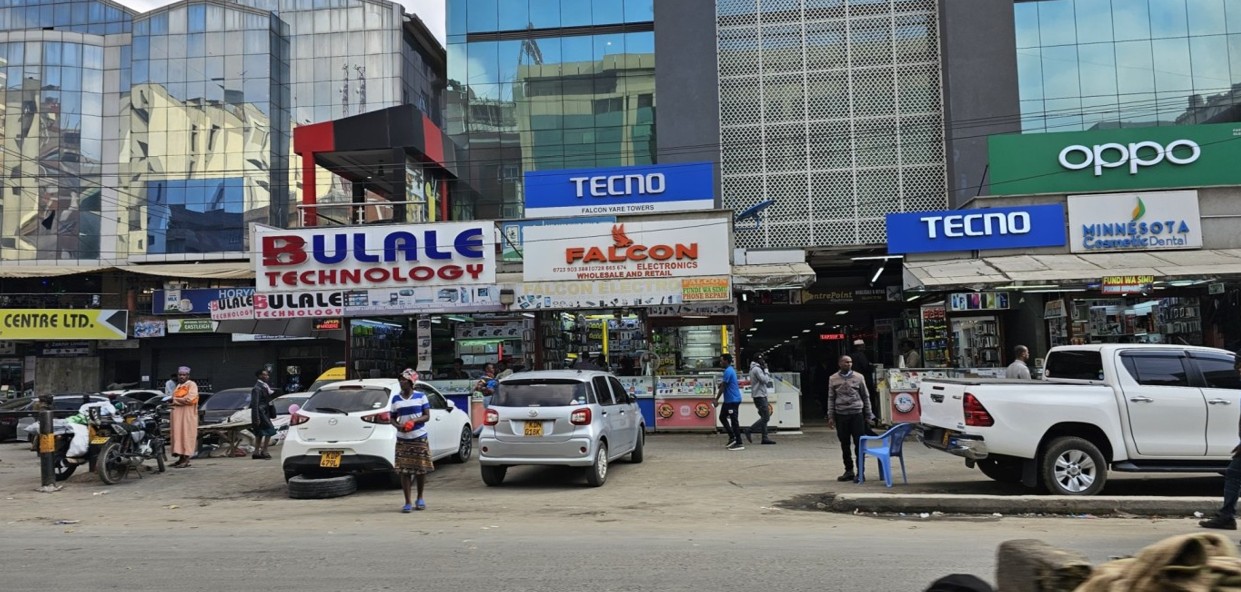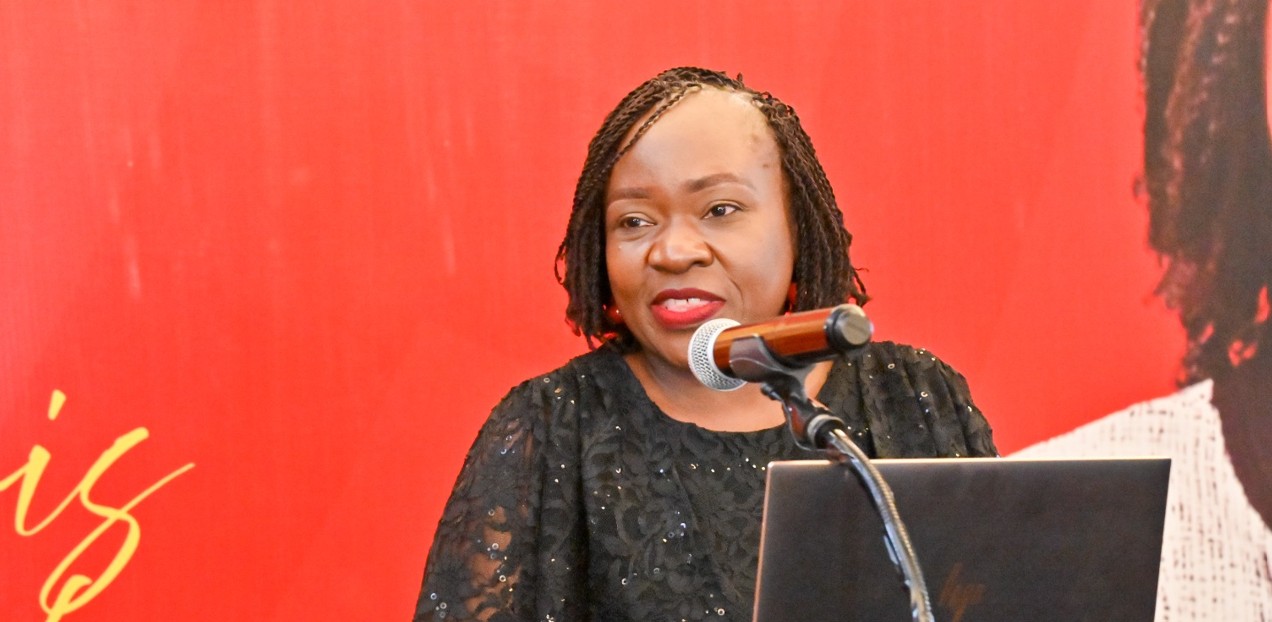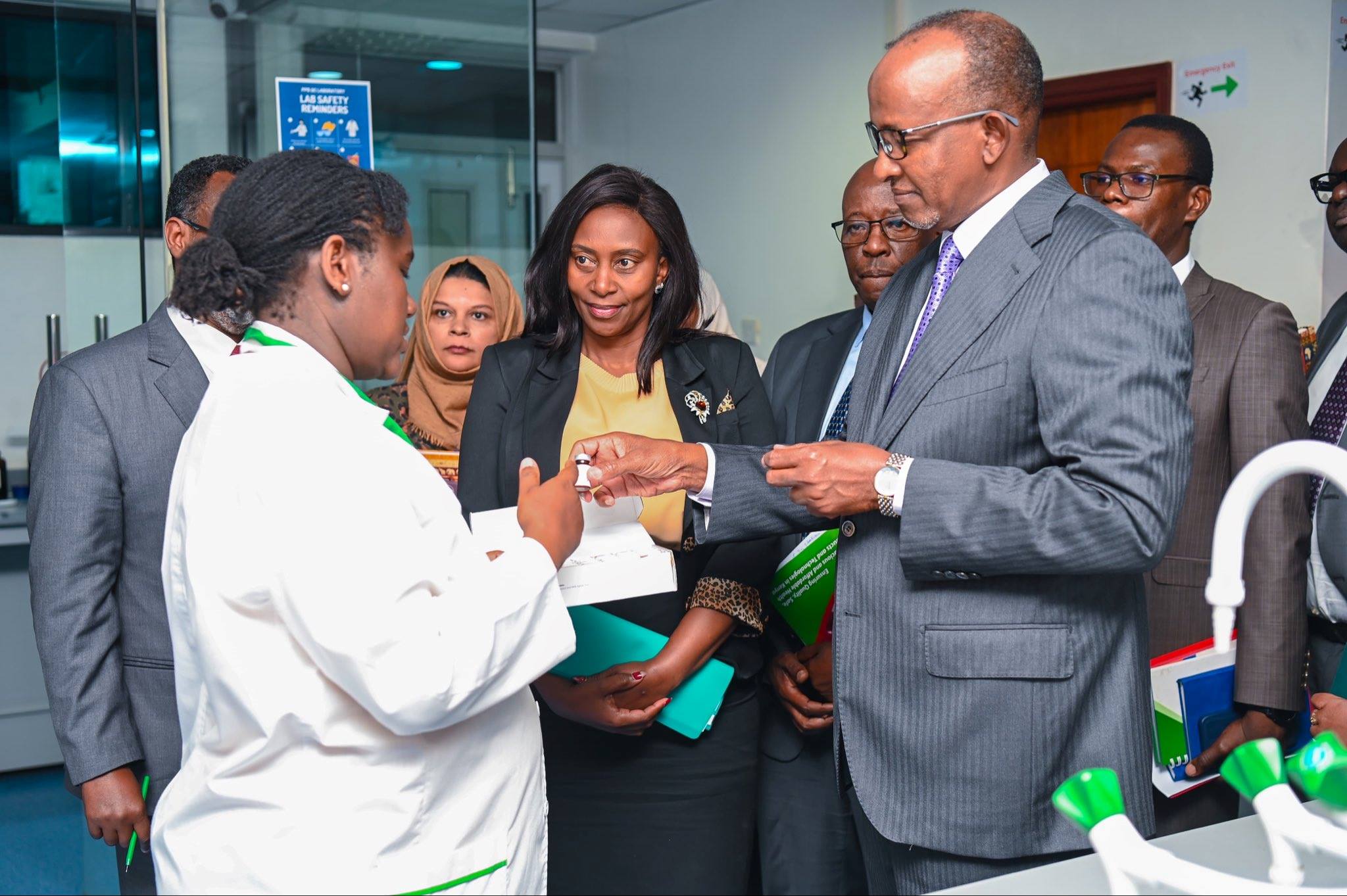Private business activity growth surges in October on strengthening sales

The lender attributes the growth to stronger sales and an improving economic environment, which encouraged firms to step up purchasing and production.
Kenya’s private sector recorded a strong upswing in activity in October, marking one of its best performances in over two years and the second consecutive month of expansion.
The latest Stanbic Bank Purchasing Managers’ Index (PMI), which gauges the level of private sector activity, rose to 52.5 in the review month from 51.9 in September.
More To Read
- World Bank sounds alarm as Kenya’s labour market weakens, wages fall and informal jobs surge
- World Bank upgrades Kenya’s growth outlook to 4.9 per cent, warns of elevated risks
- Shrinking opportunities, growing skills gap: What youths say they need to thrive
- CBK targets Sh40 billion in new Treasury bond auction
- Food inflation remains high despite overall stability - KNBS
- Kenya ranked 10th in Africa’s most attractive investment destinations
A reading above 50.0 indicates business expansion, while one below that level points to a slowdown.
Notably, the latest figure marks the highest PMI reading since February 2022.
The lender attributes the growth to stronger sales and an improving economic environment, which encouraged firms to step up purchasing and production.
Companies also reported increased new orders, particularly from domestic markets, as consumer spending showed signs of revival.
Adding to the optimism, businesses experienced a slower rise in input costs, the mildest in over a year.
Christopher Legilisho, Economist at Standard Bank, commented that Kenya’s private sector in the month under review saw both output and new orders up sharply as conditions improved for consumers and firms benefited from softer inflation.
“Firms ramped up quantities purchased and increased inventory levels, expecting higher consumer demand. They also reported quicker deliveries reflecting increased efficiency and vendor competition,” Legilisho said, adding that firms were less optimistic about future output conditions.
In terms of output, the latest expansion was the strongest since December 2021. Firms frequently cited robust demand conditions amid improving economic prospects, along with the impact of new product launches and promotional pricing strategies.
Notably, all of the main sectors monitored by the survey experienced an upturn in activity in October. This contributed to a broad-based increase in input procurement, with total purchasing activity rising for the first time since April.
There were also some initiatives to enhance workforce capacity, although the pace of job creation was only marginal.
Kenyan businesses reported relatively stable conditions regarding supply chains and price pressures at the start of the fourth quarter.
Lead times shortened for the ninth consecutive month, with panellists often attributing efficiency gains to subdued input demand in recent months and increased vendor competition.
However, the pace of improvement eased from September’s four-year high. With purchases increasing and delivery times improving, Kenyan firms were able to expand their input inventories during the month.
Regarding prices, firms indicated that input costs rose in October, but only marginally. In fact, the overall rate of inflation was the slowest in 13 months, with both purchase prices and overall wage costs increasing at a slower pace than in September.
When cost increases were reported, businesses mainly cited a combination of rising import prices and higher taxes, including increases in VAT and fuel duties.
Output prices also increased, but the rate of growth was similarly modest.
Notably, the wholesale & retail sector was the only one to see a noticeable uptick. Several firms mentioned offering discounts to attract sales as economic activity improved.
Looking ahead, output expectations dipped to a four-month low in October, yet they remained among the strongest since early 2023.
Exactly 20 per cent of survey respondents forecasted an increase in activity by October next year, while the rest maintained a neutral outlook for the private sector.
Top Stories Today












































